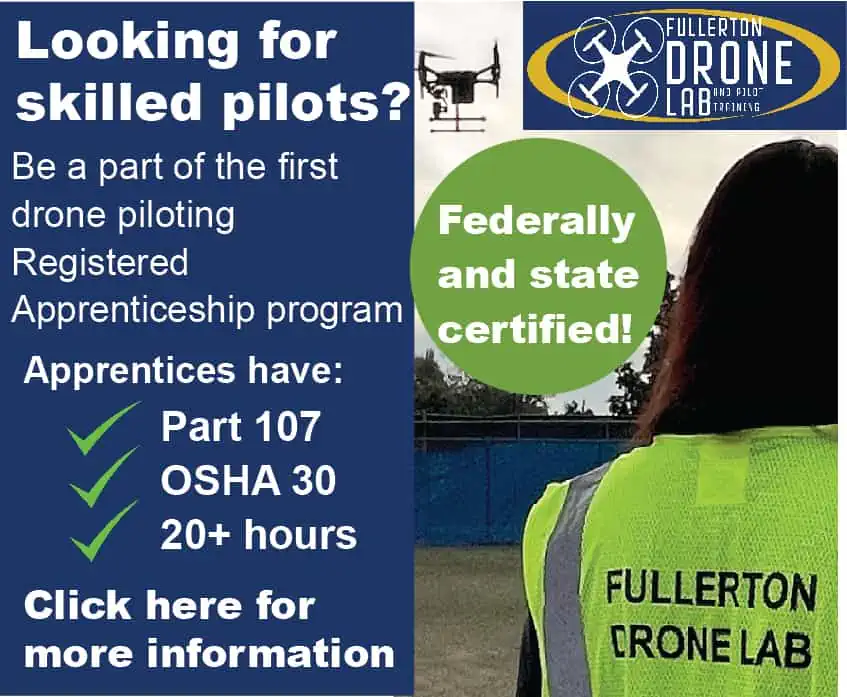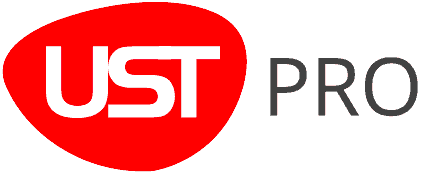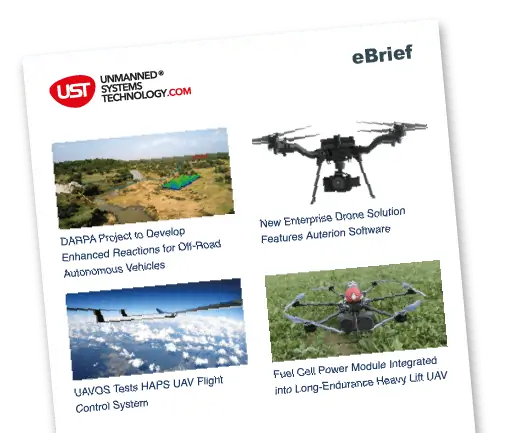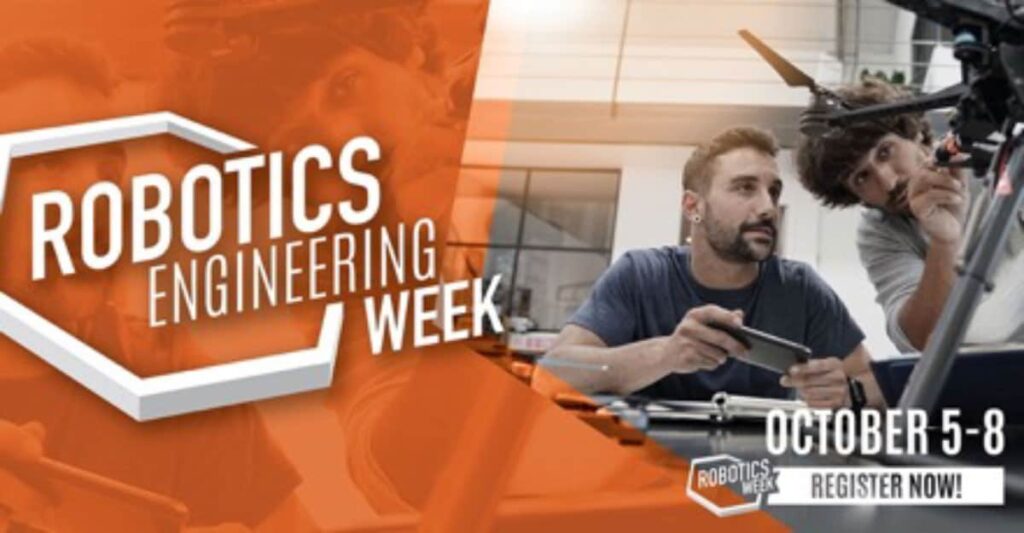
Healthcare robotics share many areas of technical commonality with electrically powered medical devices, as well as the common goal of improving patient care. A key difference, however, is that for all robotics systems, motion and movement in physical world is expected and required. For robots, motion (and motional control) is presumed and definitional. As such, motion control technologies and techniques are central considerations for any robotics engineering initiative.
Compared to industrial and consumer motion control technologies, motion control solutions for healthcare applications typically have different, and often very stringent, functional requirements in areas such as safety, reliability, tolerances, cleanability, sterilization and more. In this Robotics Engineering Week session, attendees will learn about the leading functional requirements and critical capabilities of motion control solutions for healthcare robotics applications.





